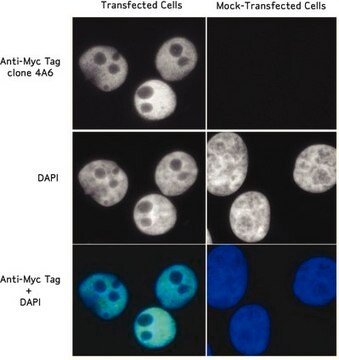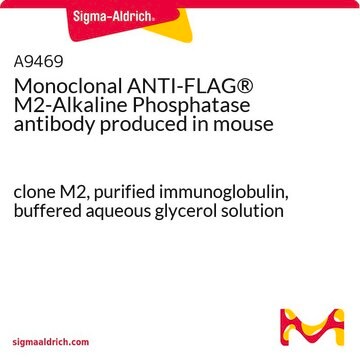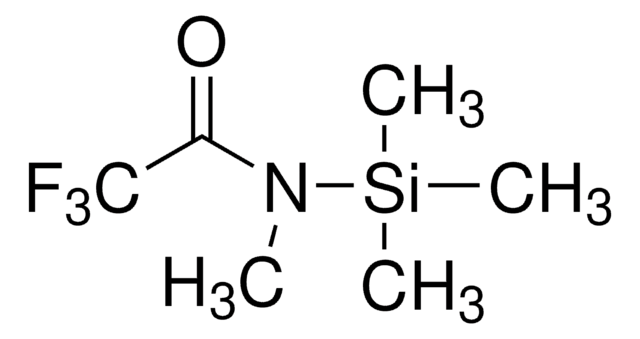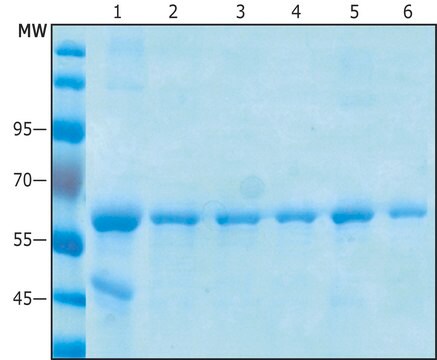A5963
Anti-c-Myc
clone 9E10, purified from hybridoma cell culture
Sinónimos:
Anti-c-Myc, Monoclonal Anti-c-Myc−Alkaline Phosphatase antibody produced in mouse
About This Item
Productos recomendados
origen biológico
mouse
conjugado
alkaline phosphatase conjugate
forma del anticuerpo
purified immunoglobulin
tipo de anticuerpo
primary antibodies
clon
9E10, monoclonal
Formulario
buffered aqueous glycerol solution
reactividad de especies
human
técnicas
ELISA: suitable
immunohistochemistry (formalin-fixed, paraffin-embedded sections): suitable
western blot: 1:100 using a myc-tagged fusion protein.
isotipo
IgG1
Nº de acceso UniProt
temp. de almacenamiento
2-8°C
modificación del objetivo postraduccional
unmodified
Información sobre el gen
human ... MYC(4609)
¿Está buscando productos similares? Visita Guía de comparación de productos
Categorías relacionadas
Descripción general
Inmunógeno
Aplicación
- enzyme linked immunosorbent assay (ELISA)
- immunohistochemical labeling
- immunostaining
- western blotting
Acciones bioquímicas o fisiológicas
Forma física
Cláusula de descargo de responsabilidad
¿No encuentra el producto adecuado?
Pruebe nuestro Herramienta de selección de productos.
Código de clase de almacenamiento
10 - Combustible liquids
Clase de riesgo para el agua (WGK)
WGK 2
Punto de inflamabilidad (°F)
Not applicable
Punto de inflamabilidad (°C)
Not applicable
Equipo de protección personal
Eyeshields, Gloves, multi-purpose combination respirator cartridge (US)
Elija entre una de las versiones más recientes:
¿Ya tiene este producto?
Encuentre la documentación para los productos que ha comprado recientemente en la Biblioteca de documentos.
Nuestro equipo de científicos tiene experiencia en todas las áreas de investigación: Ciencias de la vida, Ciencia de los materiales, Síntesis química, Cromatografía, Analítica y muchas otras.
Póngase en contacto con el Servicio técnico







